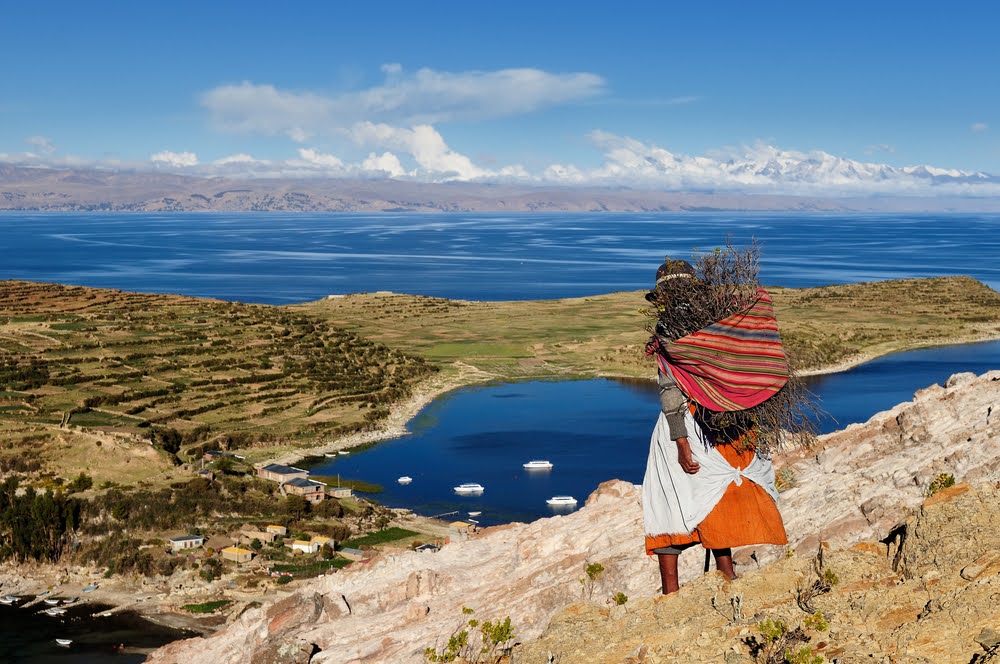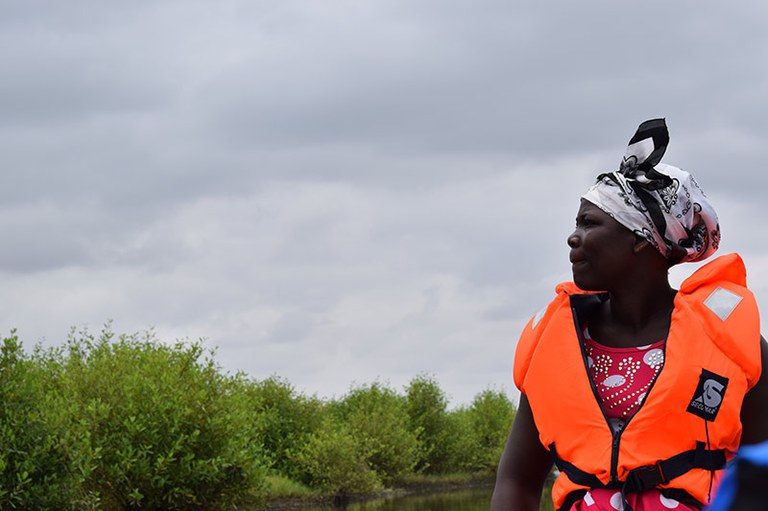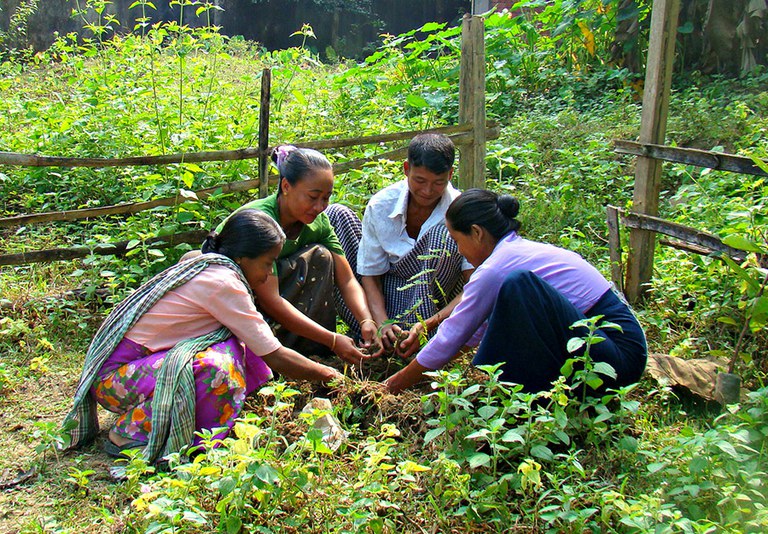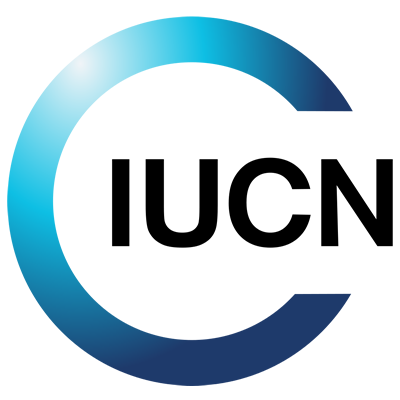Advancing Gender in the Environment (AGENT)
Gender and Biodiversity Linkages
Examples from around the world emphasize the importance of gender equality and women’s empowerment as powerful levers for conservation, environmental protection, and improving social equity.
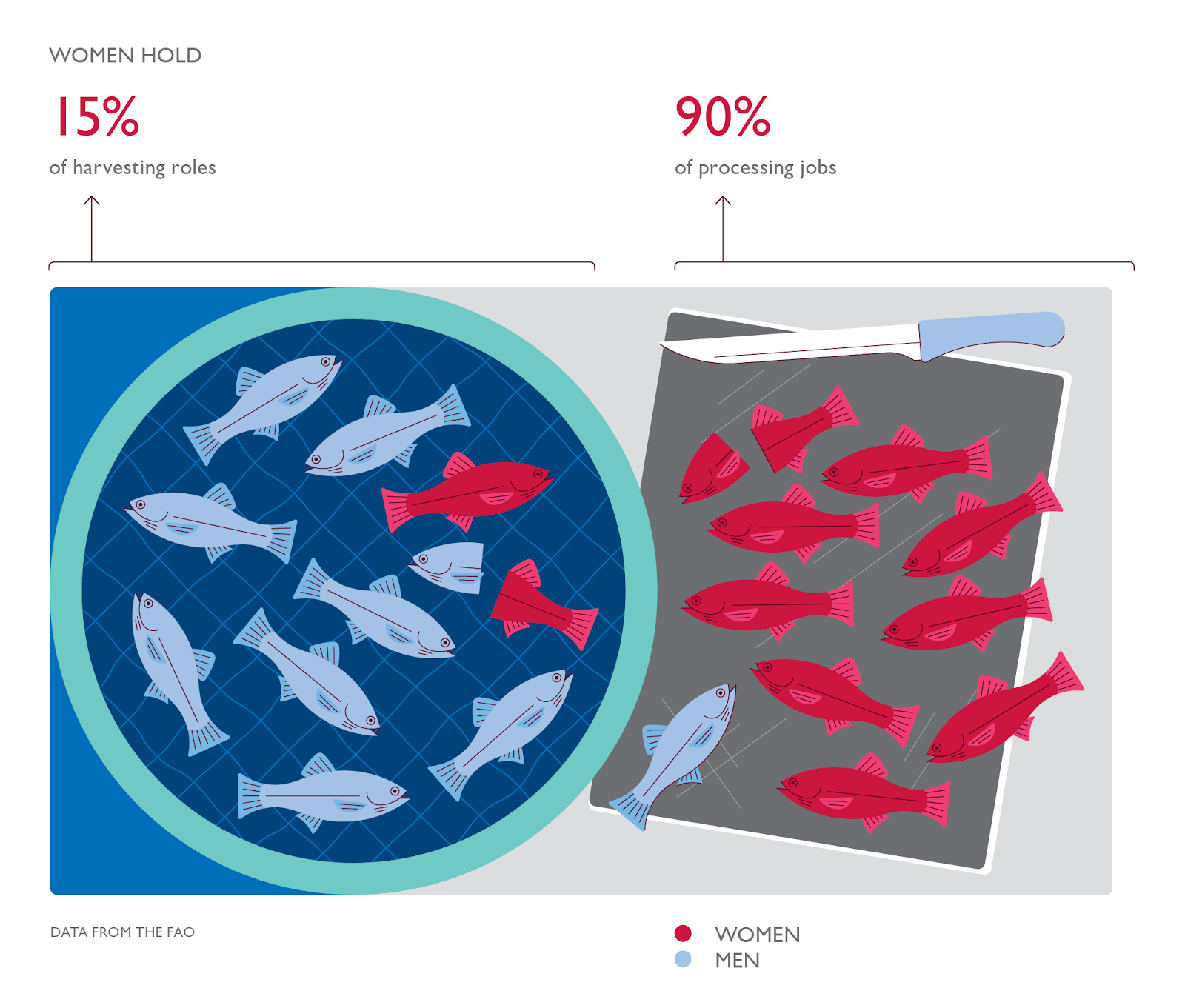
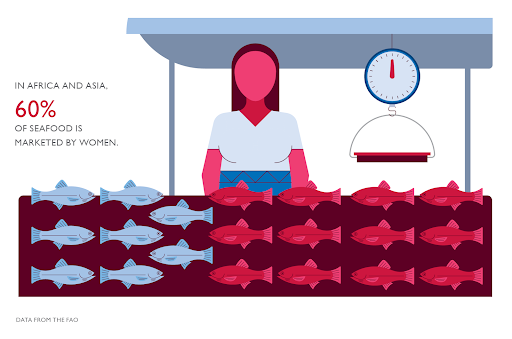
Worldwide, women hold 90% of post-harvest fisheries processing roles while in Asia and West Africa, women account for 60-80% of fish product marketing. Examples from around the world show that women are effective advocates for sustainable fisheries practices when they have access to financial tools, improved processing techniques and technologies, marketing and sales skills, and voices in fisheries organizations and leadership roles are supported. (Read more in Advancing Gender in the Environment: Gender in Fisheries - A Sea of Opportunities)
Experiences and data from around the world demonstrate that women not only have gender-differentiated roles in their use of forests, but also contribute to improved forest governance. In Malawi, gender-neutral forest landscape restoration decision-making groups were in fact gender-blind—dominated by men who advocated for tree species used in charcoal, furniture, and timber production. Meanwhile, IUCN-led efforts to work with women on restoration goals resulted in women advocating for tree species that bear fruit and medicinal bark. Studies also indicate that gender-balanced forest user groups in three countries conserved more trees. Yet, women’s full and effective participation in forest-related decision-making remains male dominated. Globally, 80% of forest landowners are male. As subsidies and productive resources tend to go along with land titles, women are typically locked out of similar benefit—a lost opportunity for improved forestry governance.
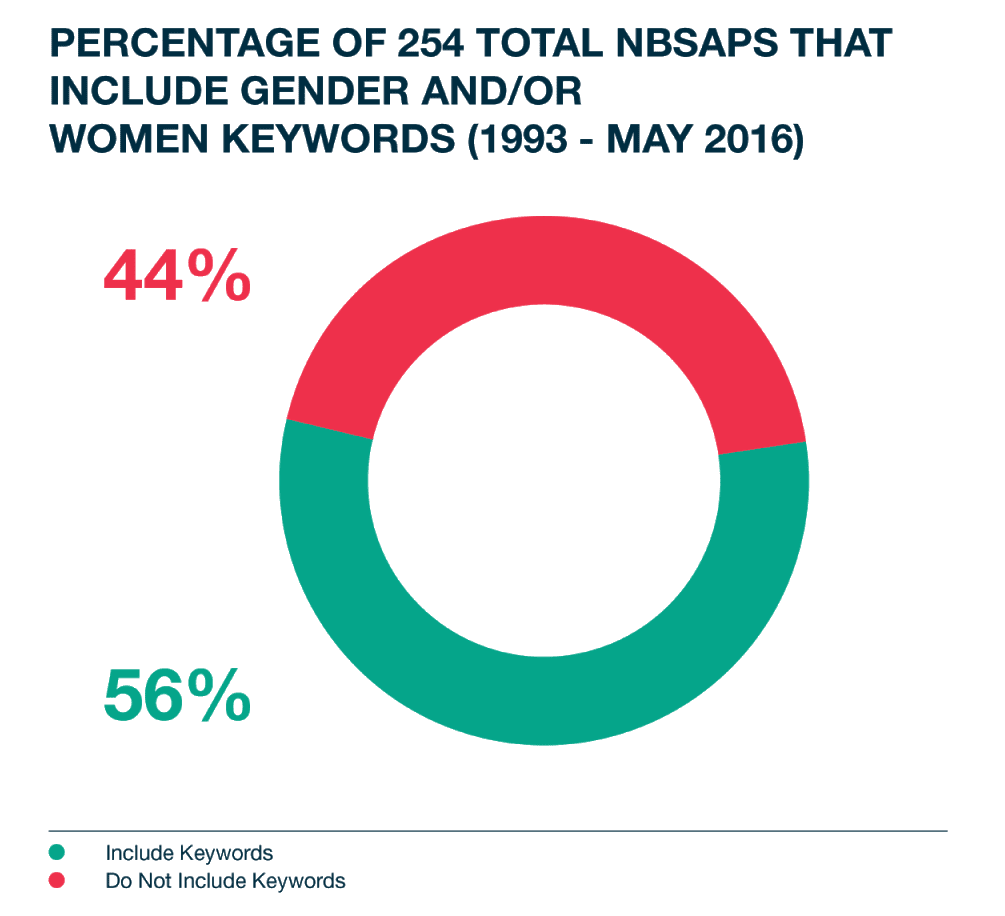
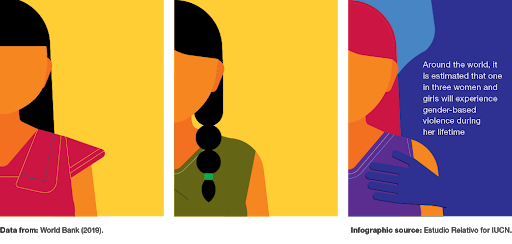
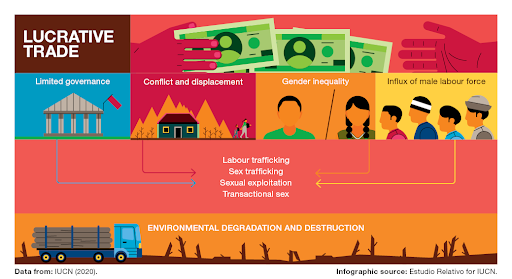
In addition, AGENT’s unique research shows that environmental crime and responsive programming can negatively impact gender-based violence (GBV)—threatening the safety, health, and well-being of women, girls, boys, and men. In all environment-related sectors, GBV is used to assert or maintain inequitable power and control over natural resources and can be exacerbated in the face of environmental stressors, such as those exerted by climate change, large-scale developments, and environmental crimes. GBV undermines the ability of people to conserve and protect the environment. (Read more in Gender-Based Violence and Environment Linkages: The Violence of Inequality)


